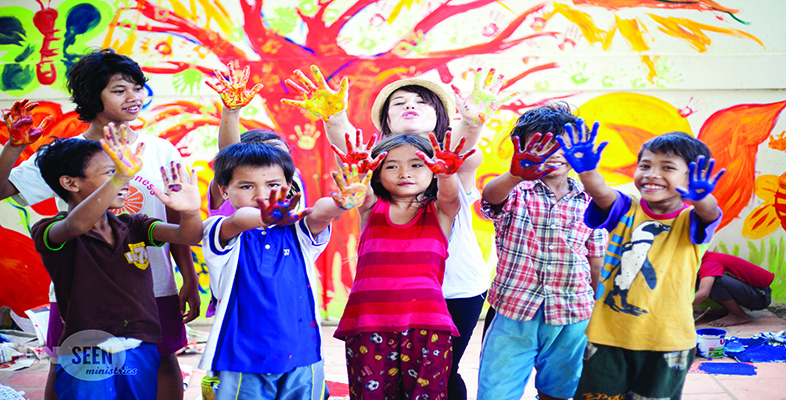Home » Course Layouts » Free Course Layout Udemy
Most children live with a parent or parents, with siblings and relatives and with family pets in the family home, but many children do not live with their parents or even with their families. They may live elsewhere through choice or necessity, but whatever the event that causes them to move away from their parents or families, the significance of moving in a child's life can be considerable.
0
57
English
English [CC]
FREE
- Learn basic syntax that can apply to any language.
- Learn what is a programming language and the basic concepts for beginners.
- Understand what is Javascript in it's truest form.
- Know the basic syntax of Javascript.
- Know some hidden quirks in Javascript.
Description
Introduction
You are probably aware that most children live with a parent or parents, with siblings and relatives and with family pets in the family home. But many children do not live with their parents or even with their families. Some may be living in different settings such as a boarding school because they or their parents want them to be there. Others may live with relatives or friends. Some will live with foster or adoptive families or in residential homes with a range of different carers. Whatever these children's circumstances, they will experience some form of separation, often from loved ones, from important places and even possessions as they move from one setting to another. Whatever the event that causes them to move away from their parents or families, the significance of moving in a child's life can be considerable. As you read through this course, you will be invited to consider significant aspects of children's lives when they live away from their families of origin. The activities will help you to think about separation, what it means to children and what kinds of practice might best enable children to adjust to their changing circumstances. A range of factors influences whether a child thrives in a different setting. Obvious examples are the reasons why the child is there, how long the child is there for, the amount of choice the child has over the setting, whether there is stigma attached to where the child is living, what rights the child may be allowed to exercise and whether the child feels valued, protected and supported during and after a move. Age, gender, ethnicity, disability, and the wider social and economic context also influence the experiences of children in different settings and how well they cope. Although the largest number of children living away from their families of origin are those in boarding schools, the smaller numbers of children who live ‘in care’ generally experience additional difficulties linked to the disruption in their lives. This is reflected in statistics about children from ‘care’ under-achieving in education, becoming substance misusers, entering the prison population or having early or unplanned births (Jones et al., 2005). Practitioners working with children who live in different settings can include, for example, health care workers, teachers, care workers, playworkers, and social workers. These workers need to understand how important it is to promote these children's wellbeing and development. A poor experience of living in a different setting even for a short time can sometimes have long-term negative repercussions. All workers must be alert to, and take steps to minimize such risks. This course focusses on the different settings in which children may live. This course, Children living in different settings, will be of interest to anyone who supports children who live away from their families in any capacity.Course learning outcomes
After studying this course, you should be able to:- Outline a range of different reasons – social, personal, health, economic, family-based – that cause children to be separated from their families of origin and to live in different settings
- Demonstrate the development of key transferable study skills including the ability to summarise arguments, learn from personal experience, and apply theory to issues and dilemmas in practice
- Interpret and make use of data about the numbers and locations of children living in different settings in the UK
- Describe how additional attention needs to be paid to particular groups of children living in different settings
- Reflect on how ideas, values, beliefs and life experiences can influence an approach to children who are living away from their parents in different settings.
Course content
-
- The circumstances of separation 01:30:00
-
- Introduction 01:30:00
- ‘Children in need’ 00:30:00
- ‘Looked-after’ children 01:00:00
- Choice of placements 02:00:00
- Types of placement in foster care 01:00:00
- Moving to adoption 00:20:00
N.A
- 5 stars0
- 4 stars0
- 3 stars0
- 2 stars0
- 1 stars0
No Reviews found for this course.
Instructor
Open University UK
4.8
4.8
14
42473
1068
Explore Free Courses
Access valuable knowledge without any cost.
{"title":"","show_title":"0","post_type":"course","taxonomy":"course-cat","term":"engineering-skills,health-and-safety","post_ids":"","course_style":"free","featured_style":"course6","masonry":"","grid_columns":"clear4 col-md-3","column_width":"268","gutter":"30","grid_number":"4","infinite":"","pagination":"","grid_excerpt_length":"20","grid_link":"1","grid_search":"0","course_type":"","css_class":"","container_css":"","custom_css":""}












